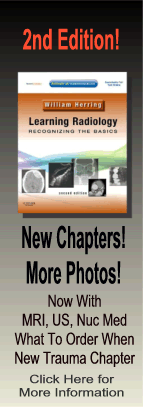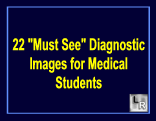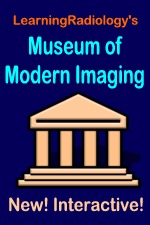| Cardiac | |
|---|---|
| GI | |
| Bone | |
| GU | |
| Neuro | |
| Peds | |
| Faculty | |
| Student | |
| Quizzes | |
| Image DDX | |
| Museum | |
| Mobile | |
| |
Misc |
| Videocasts | |
| Signs | |
Learning
Radiology:
Recognizing
the Basics
Available
on the Kindle
and IPad
LearningRadiology Imaging Signs
on Twitter
![]()
Follow us on
What is the most likely diagnosis?
- 53 year-old in motor vehicle collision
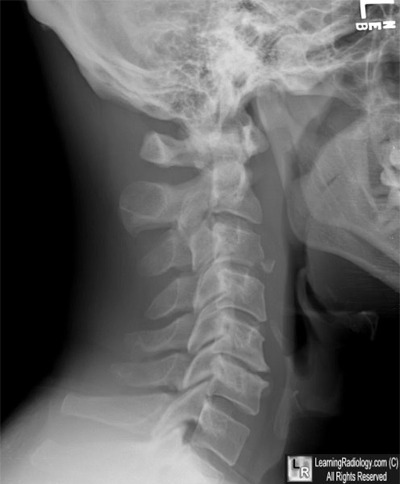
Lateral Radiograph of Cervical Spine
- Degenerative Disk Disease
- Hangman's Fracture
- Clay Shoveler's Fracture
- Extension Teardrop Fracture
- Flexion Teardrop Fracture
Additional Images-None
![]()
Additional Images
None
![]()
Answer:
4. Extension Teardrop Fracture
More (Click Discussion Tab)
Extension Teardrop Fracture
General Considerations
- Fracture of the cervical spine caused by the sudden pull of the anterior longitudinal ligament on the anterior, inferior aspect of the vertebral body following extreme hyperextension of the neck
- Usually involves C2
- Anterior longitudinal ligament inserts on anteroinferior aspect of C2
- Fracture of C2 is stable in flexion and unstable in hyperextension
MORE . . .
.
This Week
53 year-old in motor vehicle collision |
Some of the fundamentals of interpreting chest images |
The top diagnostic imaging diagnoses that all medical students should recognize according to the Alliance of Medical Student Educators in Radiology |
Recognizing normal and key abnormal intestinal gas patterns, free air and abdominal calcifications |
Recognizing the parameters that define a good chest x-ray; avoiding common pitfalls |
How to recognize the most common arthritides |
LearningRadiology
Named Magazine's
"25 Most Influential"
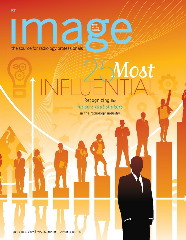
See Article on LearningRadiology
in August, 2010
RSNA News
| LearningRadiology.com |
is an award-winning educational website aimed primarily at medical students and radiology residents-in-training, containing lectures, handouts, images, Cases of the Week, archives of cases, quizzes, flashcards of differential diagnoses and “most commons” lists, primarily in the areas of chest, GI, GU cardiac, bone and neuroradiology. |

